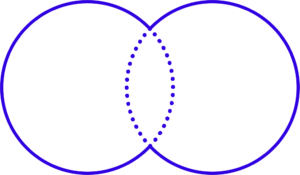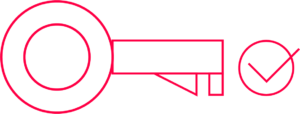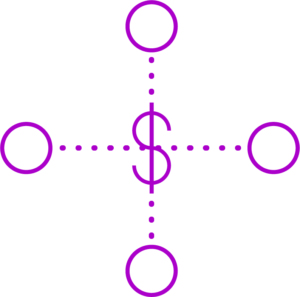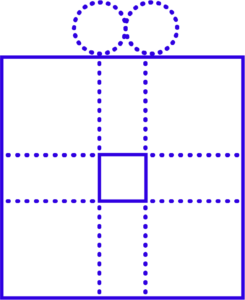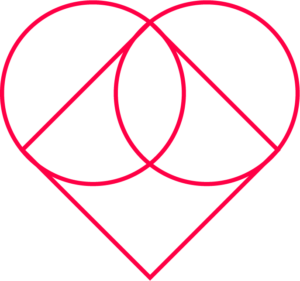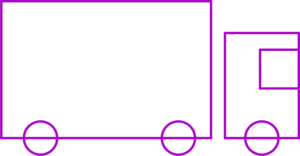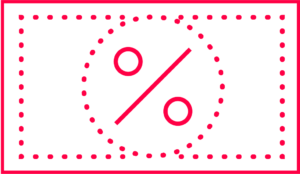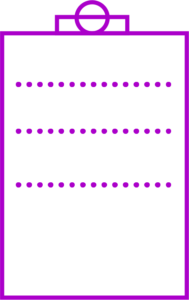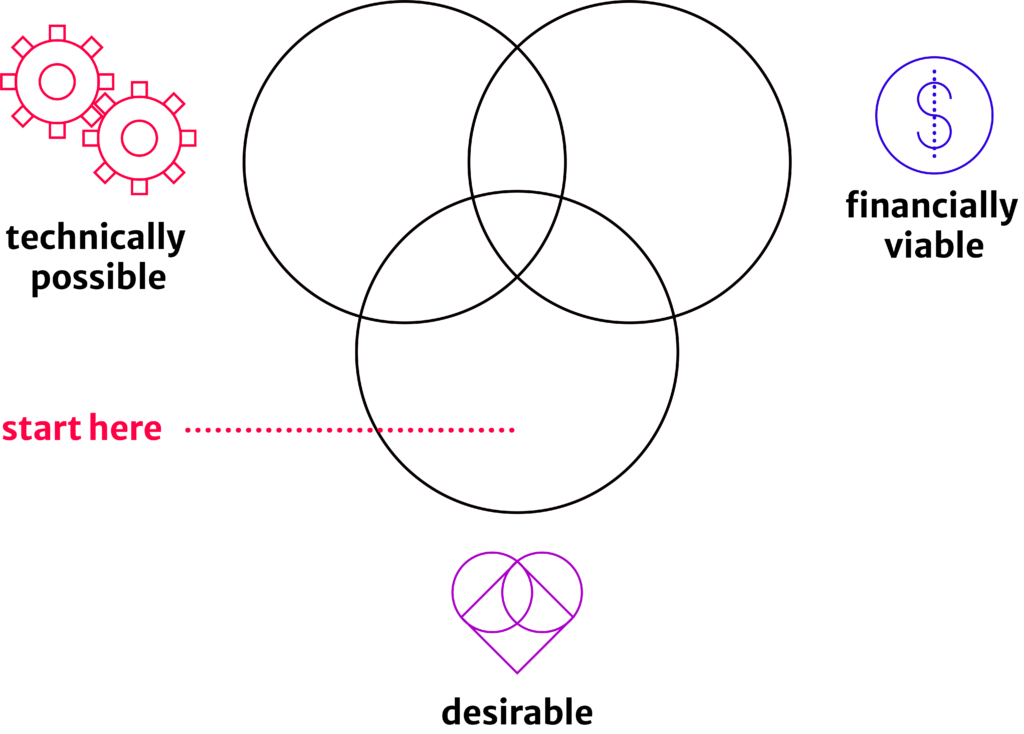The Business Model Canvas is a visual tool that entrepreneurs or multidisciplinary teams use to quickly define and communicate a new business idea or concept. It is a one-page strategic document that contains nine different key ‘building blocks’ that should be taken into account when developing a new idea.
This process was created by Alexander Osterwalder and published in his 2010 book, Business Model Generation. Osterwalder’s tool has quickly been adopted by entrepreneurs and innovators as a high impact way to work through new business ideas or improve the performance of existing strategies.
This tool allows innovators to better understand who they are creating value for, the customer, and validate concepts behind new or existing businesses. The process of establishing value for the customer is core to the innovation process.
The Nine Blocks Of A Business Model
The Business Model Canvas is structured in nine main blocks that cover the main components of creating a new product or service. The business model canvas creates a clear process for the development of new businesses and provides structures that lead to innovative new solutions.
The follow are the nine blocks and associated processes used in a Business Model Canvas:
1. Key Partners
Who are our Key Partners? Who are our key suppliers? Which Key Resources are we acquiring from partners? Which Key Activities do partners perform?
motivations for partnerships: Optimization and economy, Reduction of risk and uncertainty, Acquisition of particular resources and activities
2. Key Activities
What Key Activities do our Value Propositions require? Our Distribution Channels? Customer Relationships? Revenue streams?
categories: Production, Problem Solving, Platform/Network
3. Key Resources
What Key Resources do our Value Propositions require? Our Distribution Channels? Customer Relationships? Revenue Streams?
types of resources: Physical, Intellectual (brand patents, copyrights, data), Human, Financial
4. Value Propositions
What value do we deliver to the customer? Which one of our customer’s problems are we helping to solve? What bundles of products and services are we offering to each Customer Segment? Which customer needs are we satisfying?
characteristics: Newness, Performance, Customization, “Getting the Job Done”, Design, Brand/Status, Price, Cost Reduction, Risk Reduction, Accessibility, Convenience/Usability
5. Customer Relationships
What type of relationship does each of our Customer Segments expect us to establish and maintain with them? Which ones have we established? How are they integrated with the rest of our business model? How costly are they?
6. Channels
Through which Channels do our Customer Segments want to be reached? How are we reaching them now? How are our Channels integrated? Which ones work best? Which ones are most cost-efficient? How are we integrating them with customer routines?
7. Customer Segments
For whom are we creating value? Who are our most important customers? Is our customer base a Mass Market, Niche Market, Segmented, Diversified, Multi-sided Platform
8. Cost Structure
What are the most important costs inherent in our business model? Which Key Resources are most expensive? Which Key Activities are most expensive?
is your business more: Cost Driven (leanest cost structure, low price value proposition, maximum automation, extensive outsourcing), Value Driven (focused on value creation, premium value proposition).
sample characteristics: Fixed Costs (salaries, rents, utilities), Variable costs, Economies of scale, Economies of scope
9. Revenue Streams
For what value are our customers really willing to pay? For what do they currently pay? How are they currently paying? How would they prefer to pay? How much does each Revenue Stream contribute to overall revenues?
types: Asset sale, Usage fee, Subscription Fees, Lending/Renting/Leasing, Licensing, Brokerage fees, Advertising
fixed pricing: List Price, Product feature dependent, Customer segment dependent, Volume dependent
dynamic pricing: Negotiation (bargaining), Yield Management, Real-time-Market
Download the Business Model Canvas: https://www.strategyzer.com/canvas/business-model-canvas
Each block in the model, was created to exercise creative thinking, encouraging the entrepreneur to push their thinking and create unique solutions. This technique also stimulates ideas and fosters creativity to push past the obvious proposals that many businesses can get stuck in.
While there are nine total blocks, the key to building a successful business model lies with two critical sections of the process. It is establishing the relationship between the key value proposition and customer segments blocks. Understanding the value you are providing to your target market will help a business refine their unique offering and help them understand their customer’s needs. This must be clearly defined before moving on to the rest of the blocks such as delivery, customer relationships, distribution and communication.
The following is an in-depth guide to building a solid value proposition and customer segment blocks.
6 Types Of Value Propositions
When thinking about creating a value for customers there are many ways to achieve that value. The following are six ways to think about the exchange of value between a business and customer or clients.
- Newness: is there a completely new set of needs emerging? It is possible that customers previously did not even realise they had this need until recently.
- Performance: improving the performance of existing products and services.
- Customisation: is it possible to meet the specific needs of customers individually.
- Price: it is possible to create a new or innovate pricing model that lowers costs
- Accessibility: enabling a wide audience to have access to products and services.
- Convenience: products and services that can be made more flexible according to the interests of the customer.
Customer Segments
The ‘customer segments’ block focuses on defining the user or groups of people we want to reach to generate value. The focus here is not a demographic profile, rather understanding the behaviour of this user. Creating deep insight and knowledge of our users is critical to creating a business user-centric user. It is critical to have conversations and conduct research to get insight into what their needs are. It is also important to understand what is most valuable to people as their needs shift?
Designing The Rest Of The Business Model
After undercovering relationship between the value proposition and the customer segments it is time to move forward with the rest of the canvas. At Echos we have a process of evaluation looking for the overlap between being technically feasible, financially viable and what is desirable for a business.
Understanding this relationship opens up the rest of the business canvas to exploring the key activities, resources and key partners blocks. The next most critical step is to create a viable financial structure, a projection of expenses and profits, and how to charge the customer. When going through the rest of the blocks, it is necessary to think exclusively of the user. This process is called a problem-solution fit.
A problem–solution fit occurs through building evidence that customers care about the solution. This means the existence of a problem has been proven and the value proposition addresses your customers’ pain points and produces a desirable effect on their life.
With the state of businesses being in transition all over the world we would like to encourage you to get creative and see if this tool can help uncover hidden value in your business. If you would like to have a conversation regarding our work designing business models please reach out. We are always excited to help and foster creativity in business.
—
Follow us on social
Instagram – Facebook – LinkedIn – Youtube – Spotify
How Can We Help?
- For training and Innovation Journeys in your company: check out our in-house course offering.
- For upcoming courses in your region: visit our website.
- For upcoming events in your region: look at our event calendar.
- If you have a special project and would like to use Echos’ consultancy services: send us an email.
- Want to speak to a real person? Call us on 1300 502 006


